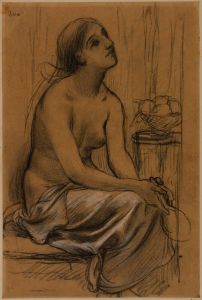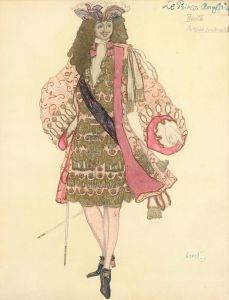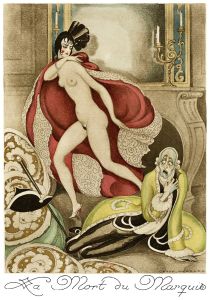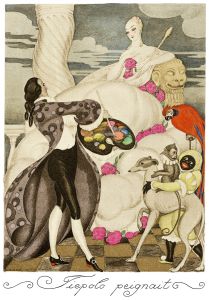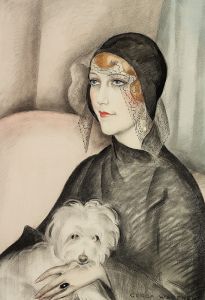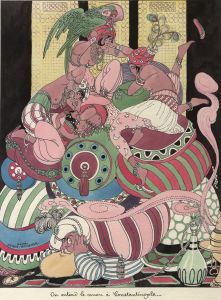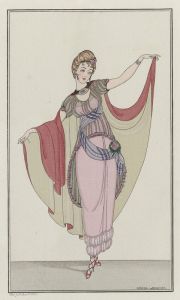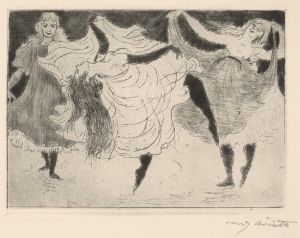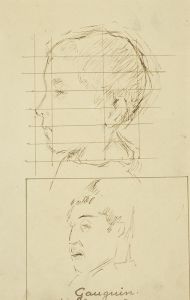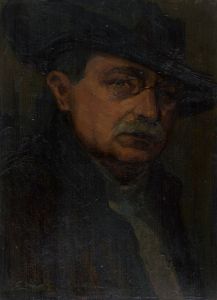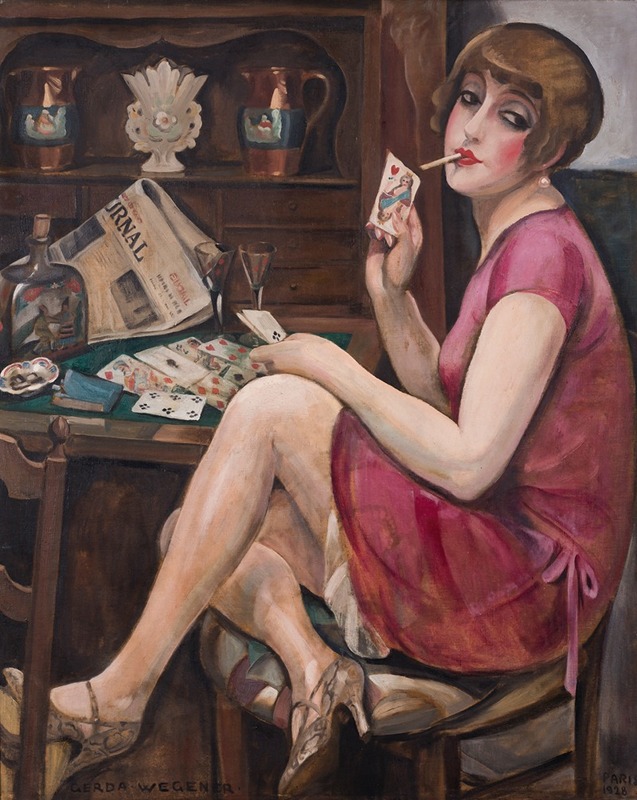
Queen of Hearts – Portrait of Lili
A hand-painted replica of Gerda Wegener’s masterpiece Queen of Hearts – Portrait of Lili, meticulously crafted by professional artists to capture the true essence of the original. Each piece is created with museum-quality canvas and rare mineral pigments, carefully painted by experienced artists with delicate brushstrokes and rich, layered colors to perfectly recreate the texture of the original artwork. Unlike machine-printed reproductions, this hand-painted version brings the painting to life, infused with the artist’s emotions and skill in every stroke. Whether for personal collection or home decoration, it instantly elevates the artistic atmosphere of any space.
Gerda Wegener was a Danish painter and illustrator known for her Art Deco style and her vibrant portraits, often featuring her spouse, Lili Elbe. One of her notable works is "Queen of Hearts – Portrait of Lili," which captures the essence of her unique artistic vision and her personal connection to her subject.
Gerda Wegener was born on March 15, 1886, in the village of Hammelev, Denmark. She studied at the Royal Danish Academy of Fine Arts in Copenhagen, where she developed her distinctive style characterized by bold colors and elegant lines. Her work often depicted fashionable women in sophisticated settings, reflecting the Art Deco movement's influence.
Lili Elbe, originally born Einar Wegener, was one of the first known recipients of gender confirmation surgery. Gerda and Lili's relationship was both personal and professional, as Lili frequently served as a model for Gerda's paintings. Their partnership was a significant aspect of Gerda's life and work, providing her with a muse who inspired many of her most famous pieces.
"Queen of Hearts – Portrait of Lili" is a testament to Gerda's skill in capturing the beauty and complexity of her subjects. The painting portrays Lili Elbe with an air of elegance and poise, embodying the grace and femininity that Gerda admired. The title "Queen of Hearts" suggests a regal and commanding presence, which is reflected in the confident expression and posture of the subject.
Gerda Wegener's art was celebrated for its boldness and modernity, often challenging societal norms of gender and identity. Her work gained recognition in Paris, where she and Lili moved in 1912. The liberal atmosphere of the city allowed Gerda to explore themes of gender fluidity and identity more freely, and her art flourished as a result.
Throughout her career, Gerda Wegener exhibited her work in various prestigious venues, including the Salon d'Automne and the Salon des Indépendants in Paris. Her paintings were well-received for their technical skill and innovative approach to portraiture. Despite facing criticism from conservative circles, Gerda remained committed to her artistic vision, and her work continues to be celebrated for its pioneering exploration of gender and identity.
"Queen of Hearts – Portrait of Lili" is a significant piece within Gerda Wegener's oeuvre, highlighting her ability to blend personal experience with artistic expression. The painting not only captures the likeness of Lili Elbe but also serves as a reflection of the deep bond between the artist and her muse. It stands as a testament to Gerda's talent and her contribution to the art world, particularly in the context of early 20th-century explorations of gender and identity.
Today, Gerda Wegener's work is appreciated for its historical significance and its role in challenging traditional notions of gender. Her paintings, including "Queen of Hearts – Portrait of Lili," continue to inspire discussions about identity, representation, and the power of art to transcend societal boundaries.






